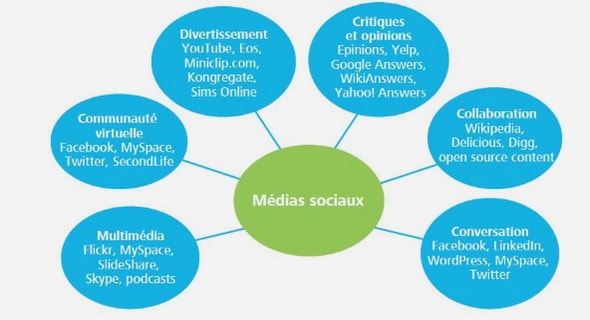(Downloads - 0)
For more info about our services contact : help@bestpfe.com
Table of contents
PART I: THEORETICAL BACKGROUND
Chapter 1 · Attitudes: History, Usage, and Challenges
The Early Works on Attitude
A Common Language for Attitudinal Research
On the Importance of Keeping Explanandum and Explanans Independent
Studying Evaluative Responses and Evaluation to Understand Behavior
The Functional-Cognitive Framework of Attitude in the Present Manuscript
Some Limitations of Self-Report Measures of Attitudes
Attitudes? What Do People Even Know about Them?
Attitudes? Would People Even Want to Express Them?
Beyond the Limitations of Self-Report
Chapter 2 · The Revolution of Indirect Measures
The Evaluative Priming Task
The Implicit Association Test
The Theoretical Origins of Implicit Social Cognition
The First Root of Implicit Social Cognition: Automaticity
The Second Root of Implicit Social Cognition: Awareness
The Current Landscape of Implicit Social Cognition
Chapter 3 · Theoretical Models of Evaluation
The Two Types of Processes in Dual Models
Associative Processes
Propositional Processes
Theoretical Models of Evaluation
The SEM
The APE Model
Single Process Propositional Models
Theoretical Models of Evaluation and the Role of Actual Experience
Chapter 4 · Observing Evaluative Learning
Paradigms Based on Repeated Experience
Evaluative Conditioning
Approach and Avoidance Training
Approach-Avoidance Training and Theoretical Models of Evaluation
Learning Through Instructions
Chapter 5 · Overview of the Present Dissertation
PART II: EXPERIMENTAL PART
Chapter 6 · A VAAST-based approach-avoidance training
Implicit Identification and the Gender Gap in Science
Increasing Math Implicit Identification with an Approach Training
Assessing the Evidential Value in Favor of the Math Approach Training
Increasing the Evidence for the Math Approach Training
Overview of the Experiments
Experiment 1a
Method
Analysis and discussion
Experiment 1b
Method
Results and Discussion
Experiment 2
Method
Analysis
Complementary analyses
General Discussion
Conclusion
Chapter 7 · Comparing Approach-Avoidance Procedures
Repeated Experience and the Acquisition of Indirect Evaluative Response
Approach-Avoidance Procedures
Capturing Evaluation with the Affect Misattribution Procedure
Experiment 3
Method
Results and Discussion
Experiment 4
Method
Results
General Discussion
Conclusion
Chapter 8 · Approach-Avoidance Effects in Incidental Designs
Approach-Avoidance Training Design
Incidental Approach-Avoidance Training
Improving Woud et al.’s Paradigm
Experiment 5
Method
Results
General Discussion
Conclusion
Chapter 9 · Effects of Approach-Avoidance Procedures Over Time
On the Stability of Indirect Evaluative Responses
Long-Term Encoding and Indirect Evaluative Responses
Approach-Avoidance Training to Sustainably Acquire Evaluative Responses
Experiment 6
Method
Results and Discussion
Experiment 7
Method
Results and Discussion
General Discussion
Conclusion
Chapter 10 · Lay Beliefs About Approach-Avoidance Procedures
The Effects of Approach-Avoidance Training and Approach-Avoidance Instructions
On the Importance to Investigate People’s Lay Belief
People’s Lay Theories Regarding Approach-Avoidance Procedures
Experiment 8
Method
Results and Discussion
Experiment 9
Method
Results and Discussion
General Discussion
Conclusion
PART III: GENERAL DISCUSSION
Chapter 11 · General Discussion
Summary of the Results
Implications of our Results
Models of Evaluation
On the Effect Size of the Difference Between Approach-Avoidance Procedure
Other Research Focusing on the Contribution of Repeated Experience to
Evaluative Learning
Methodological Limitations and Ways Forwards
Concluding thoughts
References
APPENDICES




